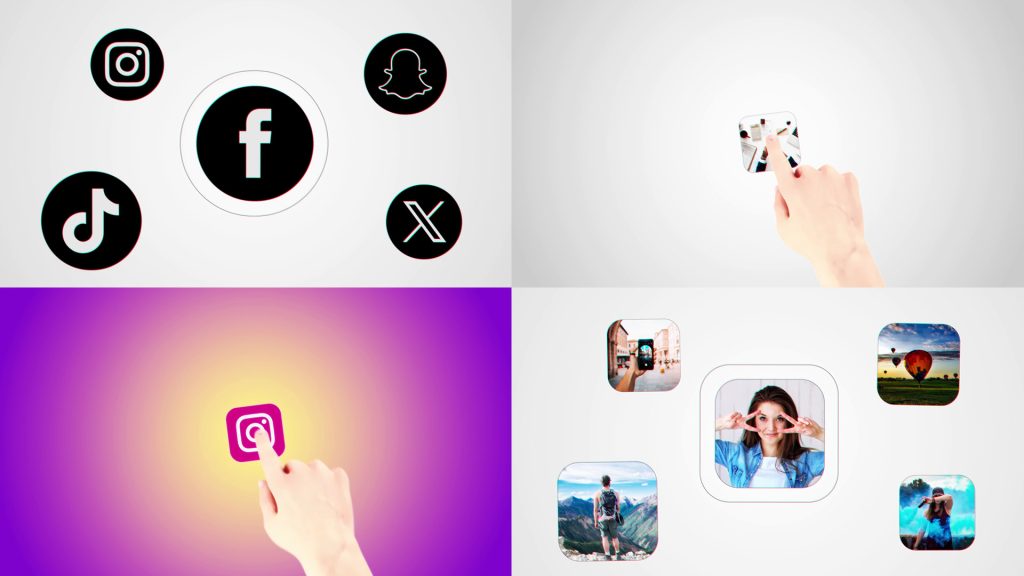
3D character rigging is one of the most crucial steps in the animation pipeline. Whether you’re creating animated films, motion graphics, video game characters, or virtual influencers, a solid rig is what brings your model to life. In this guide, we’ll break down what rigging is, why it matters, how it works, and the best practices to achieve smooth, natural animation results.
3D rigging is the process of creating a digital skeleton for a character so that animators can control its movements.
Motion Bank 21
Why Is Rigging Important?
Rigging defines how your character moves, behaves, and performs in different scenes.
A good rig ensures:
- Smooth and natural animation
- Fewer technical issues during production
- Realistic body mechanics
- Faster workflow for animators
- More control and flexibility
For gaming, advertising, and film studios, rigging is essential for efficiency and high-quality performance.
How the Rigging Process Works
1. Preparing the Model
Before rigging starts, the 3D model must be clean, symmetrical, and topologically optimized.
Key requirements include:
- Proper edge loops
- Balanced polygon density
- Clear naming conventions
2. Building the Skeleton
Rigging begins with placing joints from the hips outward to the limbs, spine, neck, and head.
Special attention is needed for:
- Shoulder joint placement
- Finger joints
- IK/FK switch setups
3. Adding Controllers
Controllers are the animator’s tools. They make the rig intuitive by avoiding direct joint manipulation.
Common controller types:
- IK handles
- FK controllers
- Facial control curves
- Global/Local transform controls
4. Skinning the Mesh
Skinning binds the mesh to the skeleton. Two methods are commonly used:
- Smooth Skinning (weight painting)
- Rigid Skinning (old technique, rarely used today)
A clean skinning job prevents mesh collapse, stretching, and distortion.
5. Adding Constraints & Automation
Professional rigs often include:
- Auto-stretch limbs
- Foot roll systems
- Blendshapes for facial expressions
- Dynamic simulations (muscles, cloth, jiggle)
These features greatly improve realism.
Types of Rigs
1. Body Rigs
Used for full character motion (walking, jumping, running).
2. Facial Rigs
Designed for expressions, lip sync, and emotional performance.
3. Creature Rigs
Include wings, tails, tentacles, quadrupeds, and non-human structures.
4. Mechanical Rigs
Used for robots, machinery, and props.
Best Software for 3D Rigging
If you want to rig characters, these are the top tools:
- Autodesk Maya – Industry standard for film & gaming
- Blender – Free, powerful alternative
- Cinema 4D – Popular for motion graphics
- 3ds Max – Great for game assets
- Houdini – Procedural rigging for advanced pipelines
Tips for Better Rigging
- Keep the rig simple and clean
- Use naming conventions
- Make controllers animator-friendly
- Test movement constantly
- Use reference for anatomy and motion
- Avoid unnecessary joints
- Optimize the scene for performance
Future of Rigging: Automation & AI
AI-driven rigging tools are becoming more common. They can automatically detect joints, generate controllers, and apply skin weights in minutes. Still, professional riggers remain essential for advanced characters and production-ready control systems.
Conclusion
3D character rigging is the backbone of any animation workflow. A well-designed rig ensures smooth performance, natural movements, and faster production. Whether you’re an animator, modeler, or 3D generalist, mastering rigging will dramatically improve the quality and efficiency of your projects.

